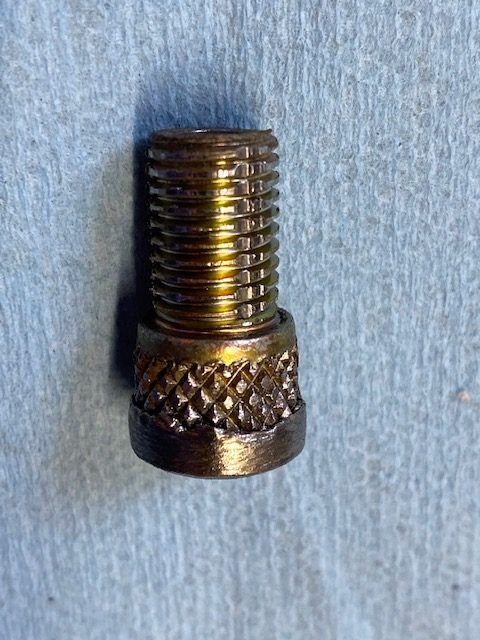The styling of the 250cc Ossa Pioneer is what attracted me to the bike in the first place. I loved the old-fashioned, pin-striped black panels over the orange base. It was like some sort of cheerful, horse drawn funeral wagon. That cool rear fender extension gave the bike a flat track look that I have been a sucker for since forever.

The Spanish built Ossa’s bodywork was fiberglass, the original miracle plastic that many manufacturers used back in the late 1960s and 1970s. Unfortunately, modern alcohol laced fuel plays hell with fiberglass so the use of the miracle plastic has faded. Rotocast, alcohol resistant, poly-some-such-crap has taken its place. The new stuff is not without its problems as I’ve had fuel tanks that were exposed to sunlight crumble into dust. (Don’t leave your weed whacker in the back of a pickup truck for 6 months.) I’m assuming that problem has been fixed because the IMS rotocast tank on the Husky has held up fine for 5 years.
The Ossa was similar in construction to a Bultaco but where there were four or five Bultacos running around the town where I grew up there were no Ossas. So maybe rarity has something to do with my fascination with the brand.

The cycle magazines of that era praised the Ossa for its handling and generally good off road manners. One road tester stuck a spare plug in the Ossa’s fiberglass rear fender storage area and then complained when the loose plug beat a hole in the compartment…after riding trails. Even as a young whippersnapper I knew you couldn’t let stuff bounce around on a dirt bike. I felt the Ossa name was sullied for no good reason and if it was me that did something so stupid (and I have) I would have kept quiet about the situation.
I saw a Pioneer race motocross out at Haney Town a long time ago. Tuned softer than a MX engine, the Ossa grunted around the track fairly well. The rider was talented in the art of crossing-up and wasted valuable energy and time showboating over each jump. Still, it had the desired effect. I wanted an Ossa bad.

Ossa prices are still very reasonable as they are still not popular. A couple grand should get a fairly clean runner and that’s some cheap vintage dirt riding my brothers. The bikes are easy to fix and I’m sure you could order any part need from some hole-in–the–wall bike shop over in Spain. Just remember to use non-ethanol fuel or your gas tank will turn mushy inside.

Later Pioneers, called Super Pioneers, were styled in a more modern fashion and don’t tug at my heart like the old ones. I guess it’s a little odd to want a motorcycle that you’ve never ridden and only seen one running many years ago at a motocross race. Stranger still is my defense of the Pioneer’s rear fender compartment, but that’s the way love works. It sinks its hooks into you and the pain never subsides. You never forget your first Ossa and one of these days I’ll have my very own Ossa Pioneer.
More Dream Bikes are here!
Subscribe here for free:



















